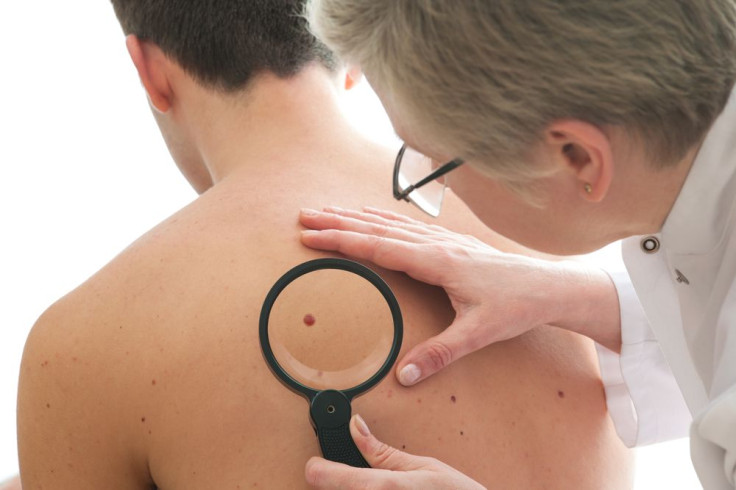Skin Cancer Rates In The US And UK Still Rising Dramatically: Time To Put Off Tanning Salons For Good?

Considered the most common form of cancer in the United States, skin cancer remains a major public health concern for Americans who experience high levels of sun exposure. Across the pond in the United Kingdom, skin cancer rates have also reached a historic high. Statistics presented by Cancer Research UK have found that skin cancer rates among people in the UK are currently five times higher compared to what they were in the 1970s. These startling figures beg the question: Is our obsession with staying tan really worth it?
Following the release of Cancer Research UK’s data, malignant melanoma has now been named the fifth most common form of cancer in the UK. Over 13,000 people develop malignant melanoma each year, up from 1,800 per year in the 1970s. Although eight out 10 people diagnosed with skin cancer survive the disease, malignant melanoma still claims over 2,000 lives each year. Vacations to sunny European destinations and a dramatic rise in tanning bed use were said to play pivotal roles in increased melanoma risk.
"Since the mid-1970s, malignant melanoma incidence rates in the UK have increased more rapidly than for any of today's 10 most common cancers,” said head of statistics at Cancer Research UK, Nick Ormiston-Smith. “Holidays in hot climates have become more affordable and sunbeds are more widely available since the 1970s. But we know overexposure to UV rays from the sun or sunbeds is the main cause of skin cancer.”
According to the Centers for Disease Control and Prevention, 61,061 people in the U.S. were diagnosed with skin melanoma in 2010. In the same year, 9,154 people died as a result of their melanoma diagnosis. Between 2001 and 2010, the incidence of skin melanoma has risen by 1.6 percent each year among men and 1.4 percent each year among women. Like the UK, tanning bed use among both adults and teens continues to play its role in the number of people diagnosed with skin cancer each year. Upward of 2.3 million teenagers in the U.S. admit to using a tanning bed.
A recent collaborative study conducted by the International Agency for Research on Cancer Working Group included 19 international studies linking tanning bed use to melanoma risk. Including all age groups for both males and females, people who use tanning beds increase their risk of developing melanoma by 15 percent. People who use a tanning bed before the age of 35 increase their risk by an alarming 75 percent. The research was meant to oppose tanning salon enthusiasts who claim a “base tan” provides health benefits by helping people to avoid sunburn.
"The evidence does not support a protective effect of the use of sunbeds against damage to the skin from subsequent sun exposure. There is no such thing as a safe tan," coordinator of the IARC Working Group, Dr. Beatrice Secretan said in a statement. "Young adults should be discouraged from using indoor tanning equipment, and restricted access to sunbeds by minors should be strongly considered."



























